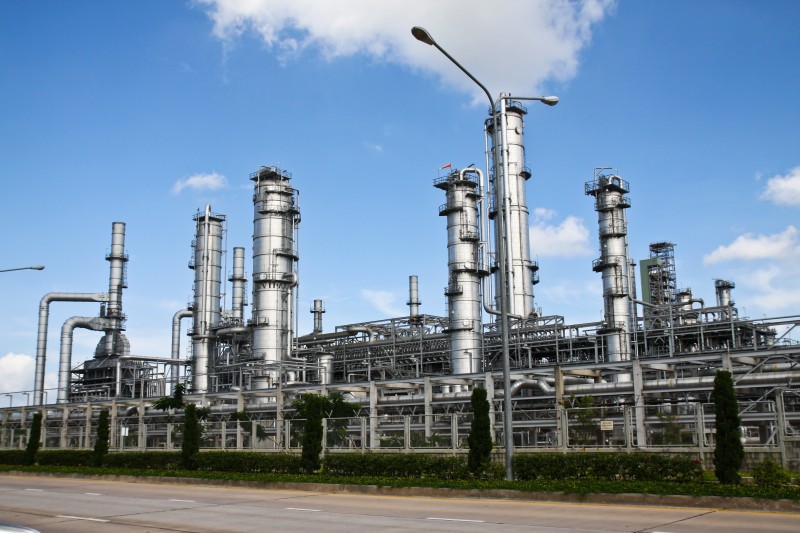Manufacturing plants of various types use catalytic air pollution control to minimize harmful emissions levels. U.S. regulations have required strict pollution controls since the 1960s, with more mandates added over the years. A range of toxins and contaminants are reduced by this equipment, thus improving environmental quality and public health.
Volatile Organic Compounds and Disease
Catalytic air pollution control prevents a large amount of volatile organic compounds (VOCs) from escaping into the environment. This is crucial because those chemical compounds are connected with serious illnesses, including cancer. They can damage the liver, kidneys, and central nervous system.
Ground-Level Ozone Production
VOCs also react with nitrogen oxides to form ozone at the ground level. This is particularly harmful to people with heart and lung disorders. Ground-level ozone aggravates asthma, bronchitis, and other lung diseases. Individuals with heart and lung disease are at risk of dying earlier when exposed to ground-level ozone in high amounts.
Important Considerations
These compounds will never be fully eliminated from the environment because they are produced by so many activities. They are released during industrial and automotive painting, and when running lawnmowers and snow blowers. Some are still emitted through vehicle exhaust despite the addition of catalytic converters. Smoking tobacco products also release VOCs into the air.
Even if all of these sources could be blocked, VOCs are released during organic decomposition and animal respiration.
Nevertheless, the substantial reduction of these emissions from factories has improved air quality a great deal. Information on this technology is provided at the website https://www.web.net/.
